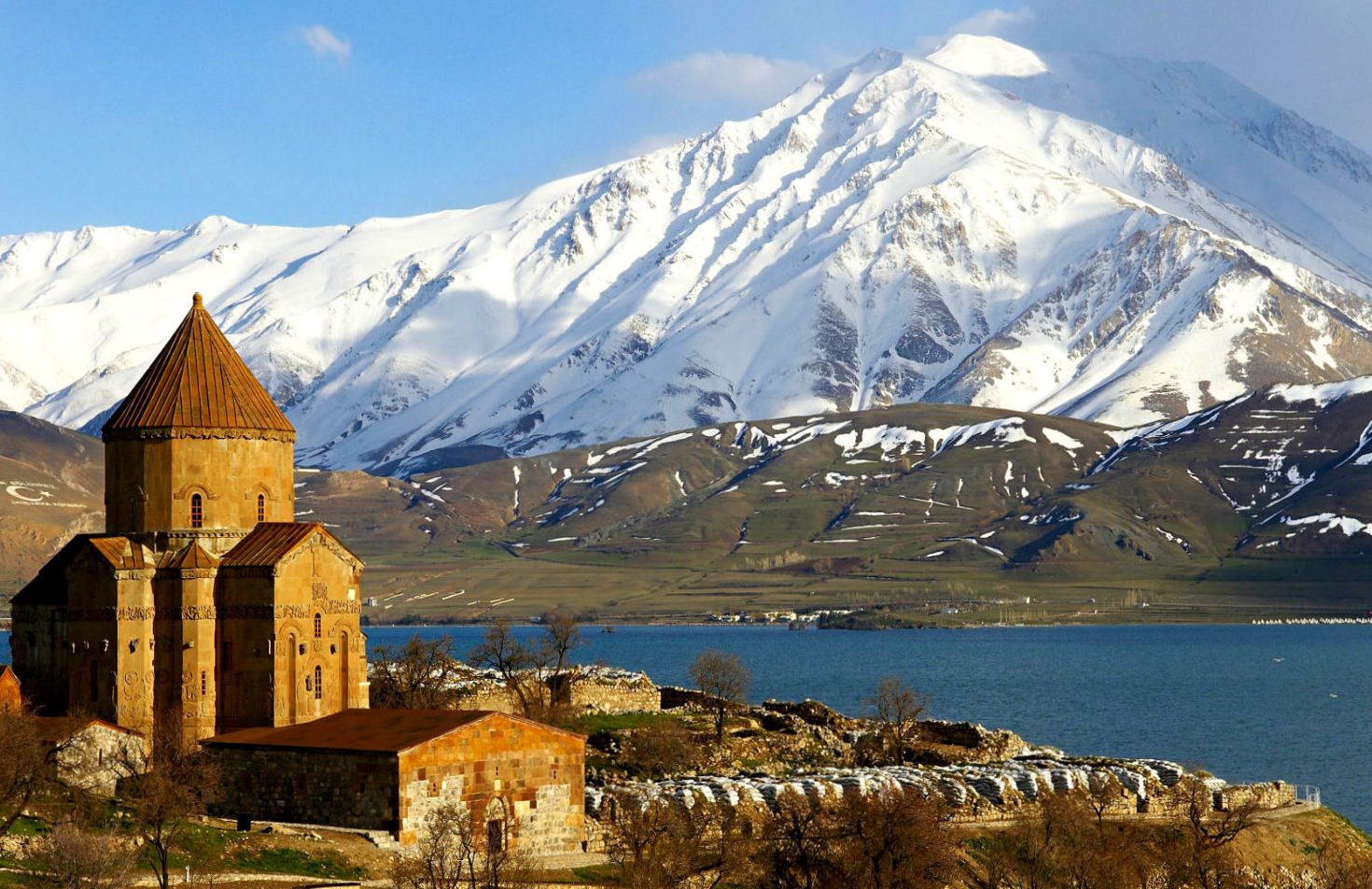Having secured an autograph letter written byJohn Damascene, he forged a letter, exactly similar in chirography, purporting to have been written by John to the Isaurian, and offering to betray into his hands the city of Damascus. The letter he sent to the caliph. Notwithstanding his councillor’s earnest avowal of innocence, the latter accepted it as genuine and ordered that the hand that wrote it be severed at the wrist. Thesentence was executed, but, according to his biographer, through the intervention of the Blessed Virgin, the amputated hand was miraculously restored.
The caliph, now convinced of John’s innocence, would fain have reinstated him in his former office, but the Damascene had heard a call to a higher life, and with his foster-brother entered the monastery of St. Sabas, some eighteen miles south-east of Jerusalem. After the usual probation, John V, Patriarch of Jerusalem, conferred on him the office of the priesthood. In 754 the pseudo-Synod of Constantinople, convened at the command of Constantine Copronymus, the successor of Leo, confirmed the principles of the Iconoclasts and anathematized by name those who had conspicuously opposed them. But the largest measure of the council’s spleen was reserved for John of Damascus.
Seventh General Council of Nicea
He was called a “cursed favourer of Saracens”, a “traitorous worshipper of images”, a “wronger of Jesus Christ”, a “teacher of impiety”, and a “bad interpreter of the Scriptures”. At the emperor’s command his name was written “Manzer” (Manzeros, a bastard). But the Seventh General Council of Nicea (787) made ample amends for the insults of his enemies, and Theophanes, writing in 813, tells us that he was surnamed Chrysorrhoas (golden stream) by his friends on account of his oratorical gifts. In the pontificate of Leo XIII he was enrolled among the doctors of the Church. His feast is celebrated on 27 March.
John of Damascus was the last of the Greek Fathers. His genius was not for original theological development, but for compilation of an encyclopedic character. In fact, the state of full development to which theological thought had been brought by the great Greek writers and councils left him little else than the work of an encyclopedist; and this work he performed in such manner as to merit the gratitude of all succeeding ages. Some consider him the precursor of the Scholastics, whilst others regard him as the first Scholastic, and his “De fide orthodoxa” as the first work of Scholasticism. The Arabians too, owe not a little of the fame of their philosophy to his inspiration.
Read More about The Mysterious Mansion part 7








